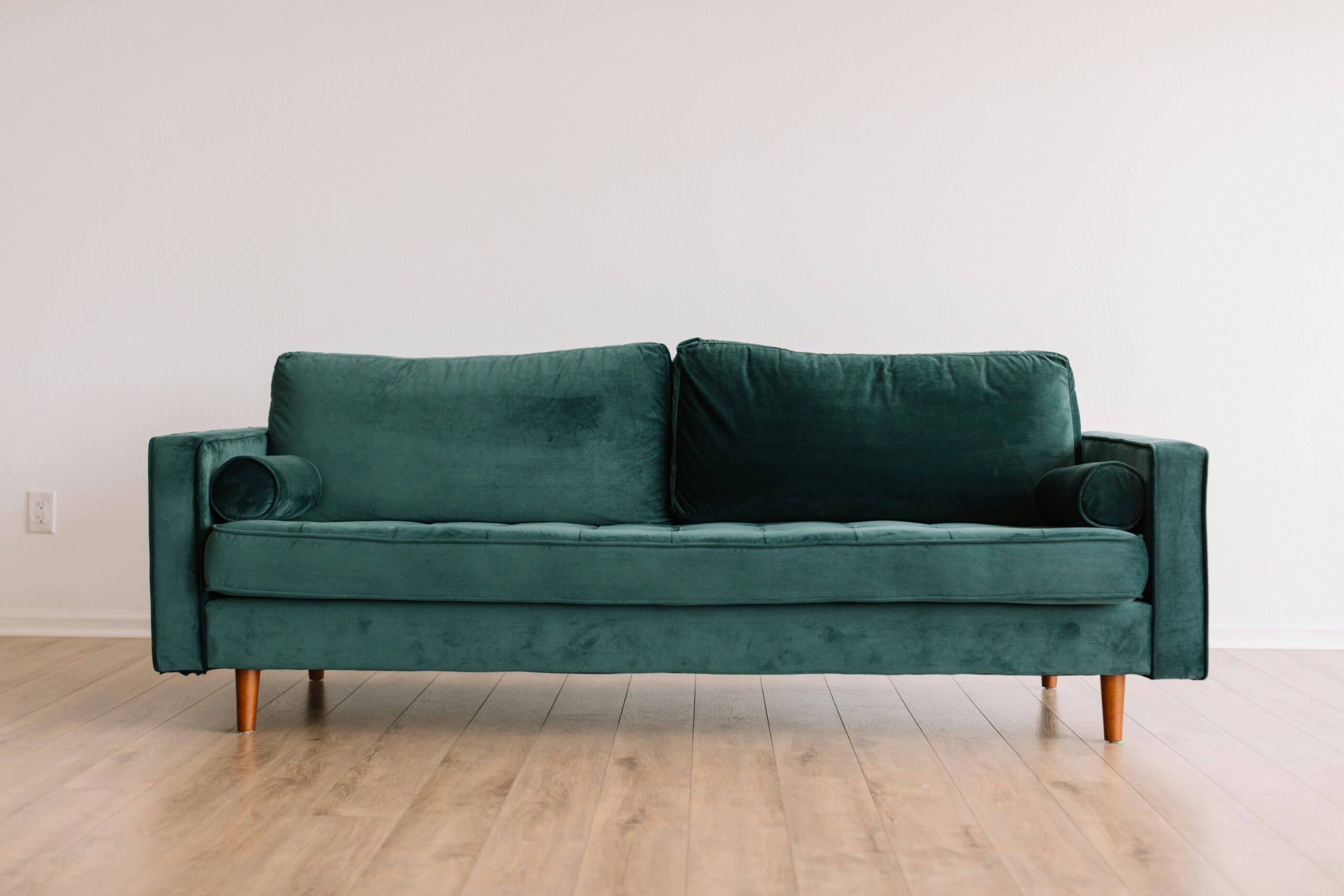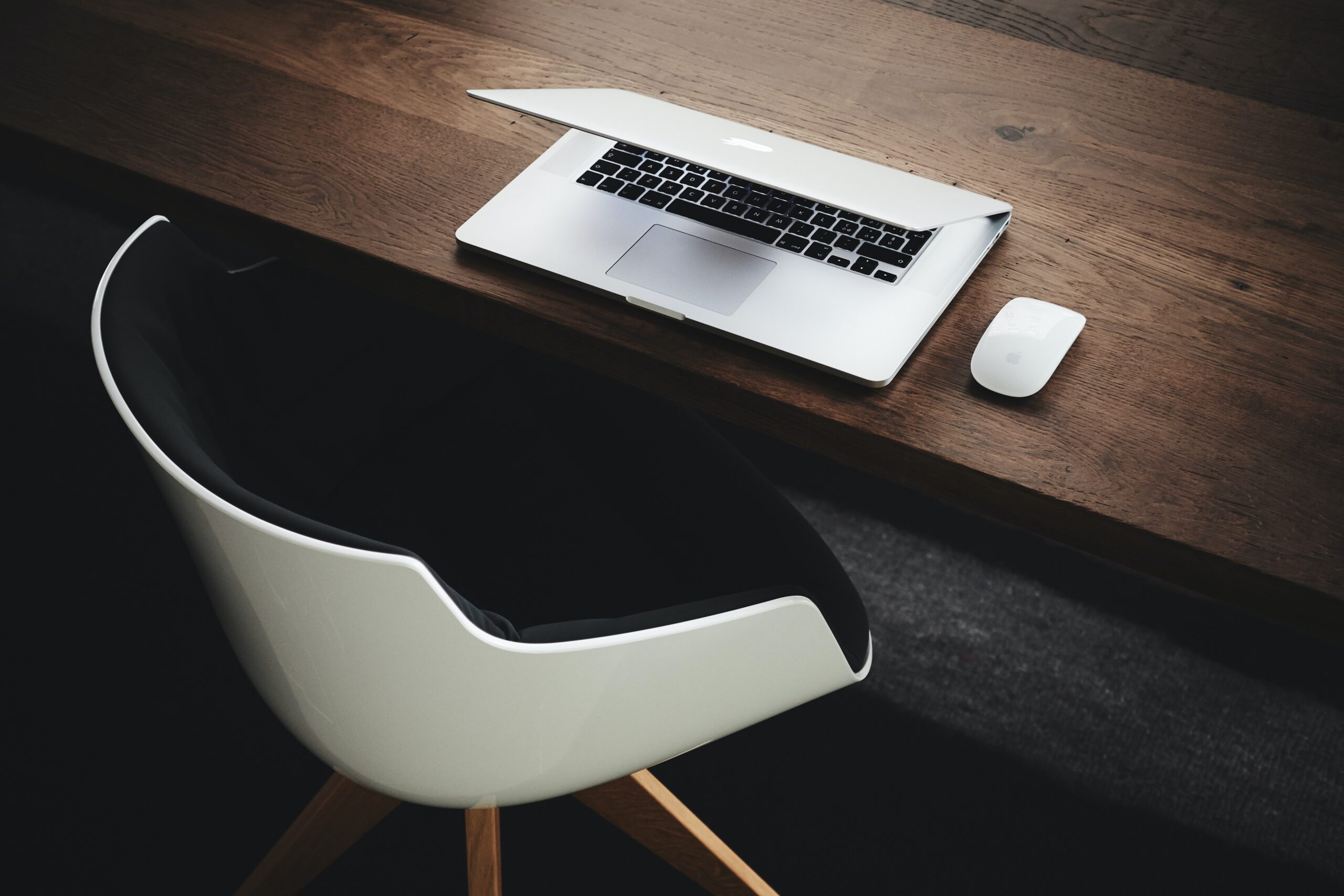Introduction
As awareness about the impact of human activities on the environment continues to grow, more and more people are embracing eco-friendly and sustainable practices in their daily lives. One area where this shift is particularly evident is in home interior design. Homeowners are now seeking ways to create beautiful and functional spaces while minimizing their carbon footprint. In this blog post, we will explore the concept of eco-friendly sustainable home interior design and provide some tips on how to incorporate these principles into your own living space.
The Importance of Eco-Friendly Sustainable Design
Eco-friendly sustainable design is not just a passing trend; it is a necessary response to the environmental challenges we face today. Traditional interior design practices often involve the use of materials and products that are harmful to the environment and human health. By opting for eco-friendly alternatives, we can reduce our reliance on non-renewable resources, minimize pollution, and create healthier living environments.
Choosing Sustainable Materials
When it comes to eco-friendly interior design, the choice of materials is crucial. Look for products that are made from renewable or recycled materials. For example, consider using reclaimed wood for flooring or furniture. Not only does this give a unique character to your space, but it also reduces the demand for new timber. Additionally, opt for natural fibers like organic cotton or hemp for upholstery and curtains. These materials are free from harmful chemicals and have a lower carbon footprint compared to synthetic alternatives.
Energy-Efficient Lighting
Lighting plays a significant role in home interior design, and choosing energy-efficient options can make a big difference. Replace traditional incandescent bulbs with LED or CFL bulbs, which consume less energy and last longer. Consider installing dimmer switches to adjust the lighting intensity according to your needs. Additionally, make use of natural light by strategically placing windows and skylights to maximize daylight and reduce the need for artificial lighting during the day.
Water Conservation
Another important aspect of eco-friendly interior design is water conservation. Install low-flow faucets and showerheads to minimize water wastage. Consider using dual-flush toilets that allow you to choose between a full flush and a half flush, depending on your needs. Collect rainwater for irrigation purposes, and choose water-efficient appliances, such as dishwashers and washing machines, that have high energy star ratings.
Indoor Air Quality
Creating a healthy indoor environment is essential for sustainable home interior design. Choose paints, adhesives, and sealants that have low or zero volatile organic compounds (VOCs). VOCs are harmful chemicals that can negatively impact air quality and human health. Opt for natural ventilation whenever possible to improve air circulation and reduce the reliance on air conditioning. Incorporate indoor plants into your design, as they act as natural air purifiers and add a touch of greenery to your space.
Upcycling and Repurposing
One of the most creative and sustainable approaches to home interior design is upcycling and repurposing. Instead of throwing away old furniture or accessories, consider giving them a new lease of life. Repaint or reupholster old chairs and sofas, or turn vintage suitcases into unique storage solutions. Not only does this reduce waste, but it also adds a personal touch to your home decor.
Conclusion
Eco-friendly sustainable home interior design is a conscious choice that benefits both the environment and our well-being. By selecting sustainable materials, conserving energy and water, improving indoor air quality, and embracing creative upcycling, we can create beautiful and functional spaces that have a positive impact on the planet. Let’s make sustainable design a priority and contribute to a greener future.


